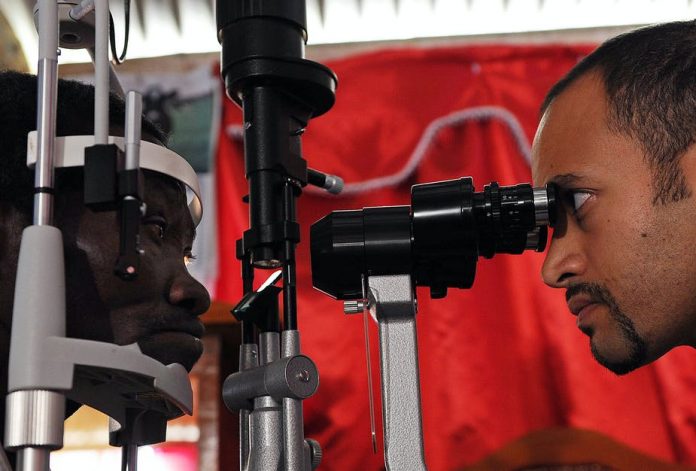Glaucoma is the most common cause of irreversible blindness in the world. It’s estimated that by 2040 there will be about 112 million people in the world with glaucoma – mostly in Africa and Asia. The best that medical science can do at present is identify it early and slow or halt its progression.
The disease affects the optic nerve, which normally sends signals from the eye to the brain. With glaucoma, this nerve doesn’t work properly. The first sign is loss of peripheral vision. This gradually progresses to tunnel vision and, ultimately, blindness.
The most important risk factor for developing glaucoma is having high pressure inside the eyeball. Reducing this pressure is currently the only way to treat glaucoma. It’s done with eye drops, laser treatment or surgery.
The most common type of glaucoma is primary open-angle glaucoma, which typically begins in middle to older age. Visual loss is only noticeable at an advanced stage of the disease. It’s more common in populations of African descent than in those with European or Asian ancestry. In African populations it starts at an earlier age and progresses faster. The prevalence of primary open-angle glaucoma in Africans between the ages of 40 and 80 is about 4.2%.
The cause and mechanisms underlying this condition are poorly understood. But it’s known that family members of affected individuals are much more likely to get the disease. We conducted a study to identify genetic risk factors for primary open-angle glaucoma in African populations. Read more…



